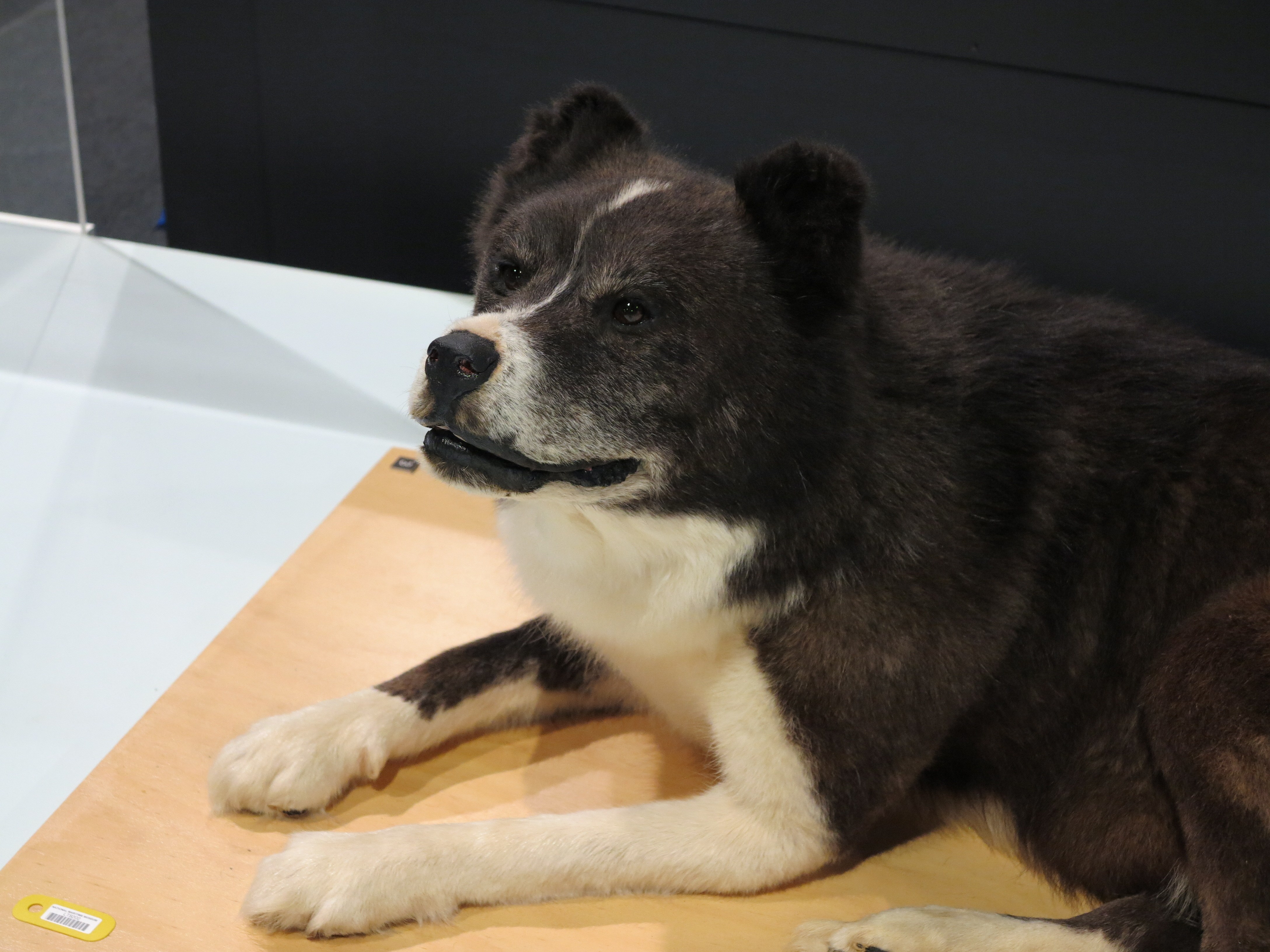
When you tell people that you work at the museum, most will assume that you are a curator. Little do they realise that there are many other career paths in the cultural sector. Indeed, few teenagers would be advised by their guidance counsellor to study materials science at university. But those unfortunate souls will never get the chance to wear a onesie at work.
Object conservators specialise in the preservation, treatment and care of three-dimensional and mixed-media objects. In the collection, our conservators work on a wide range of objects including cannons, boats, model ships, swimsuits, canoes, glass-plate negatives, ethnographic items, marine archaeological objects and paintings. The diverse nature of the collection means our conservators often have to employ a range of preventative measures and treatment methodologies to look after a single collection item.
Dismantling Shackleton: Escape from Antarctica was a normal day for our object conservators. The objects were on loan from Museum Victoria and they were wonderful additions to bring the story of Shackleton’s epic Antarctic escape to life. Several of the taxidermy specimens required the team to don filtered masks and hazmat suits. As one conservator called it, ‘the science onesie: which is the only acceptable type of onesie’.
These specimens were over fifty years old and had been created with a series of treatments to keep insects away. Such treatments used hazardous chemicals including lead, arsenic, mercury and bromine. Decades later, these treatments are still rather effective at keeping the bugs away – and can still be harmful to humans if the proper safety precautions aren’t followed.
Hence the need for a science onesie.
After condition reporting the objects, our conservators suited up. Their Tyvek coveralls are made from a flash-spun, high-density polyethylene which provides a barrier against hazardous dry particles, aerosols and light liquid splashes. The outfits were completed by half-face respirators with particle filters.
Removing the objects from display was a delicate and time-consuming job. Each step required planning and consideration of how best to move the objects from their plinths and sliding the objects into their specialised packing crates.
Team work, coordination and communication are key qualities of an object conservator on jobs such as this, especially when you and your co-worker are handling a 100-year-old albatross while wearing a suit that doesn’t breathe, a mask which muffles your voice and cumbersome oversized gloves protecting your hands.
But our conservators are talented professionals with great passion for their jobs. They ensured that the operation ran smoothly. The objects are now safely in their crates ahead of their return to Museum Victoria.
Object conservation is a vital skill for the care of our collection. Materials science is an intriguing field of study with unique job opportunities. Suiting up to move a taxidermy penguin is certainly a fascinating day on the job.
– Kate Pentecost, Digital Curator
If you wish to get up close to our collection but without wearing a onesie, head over to our Google Cultural Institute page.













